Sculptures that appear in the video, in order of appearance:
Latcholassie Akesuk ~ Bird Shaman
Abraham Anghik ~ Harpooned Shaman
Kiawak Ashoona ~ Transformation
David Ruben ~ Bird Shaman
Ennutsiak ~ Bible Reading
Ennutsiak ~ Bird Feeding Her Hungry Chicks
Lukta Qiatsuq ~ Mother Bird and Baby
Reader Barbara E asks, “Do you have a favorite Inuit sculpture in your collection?”
Read More About Joram’s Inuit Collection
My collecting Inuit art started accidentally, not by design or inheritance, when I was in my late forties. After spending the day skiing with my wife Lona and two sons in Vail, Alaskan and Inuit carvings displayed in the window of the Alaskan Shop attracted my attention. I ambled into the gallery.
I had not planned to collect Inuit art; it sprouted from me, serendipitously. What started as an attraction became a pleasurable activity, a hobby that grew in importance, then a love and a passion, which led to a significant collection that outgrew me. It was like a child that I conceived and nurtured to an adult with its own autonomy.
- Collecting Inuit Art
I’m infected with the collecting bug, which I probably acquired at conception. I don’t think it’s contagious. In short, I surrendered to my genes, those authoritarian despots. They made collecting an expression of my character. While I am a collector, my sister Jephta isn’t, despite having the same parents and being raised in the same ...
- Movement in Inuit Art
Everything moves in one way or another – living creatures, ocean waves, geological formations and orbiting planets – and art is no exception. Movement first attracted me to Inuit art, which I illustrated with a picture of a walking polar bear in my previous blog. The way Inuit artists capture movement is what first attracted me ...
- Families and Groups in Inuit Art
Faced with the harsh conditions in the Canadian Artic, the Inuit’s very existence is dependent upon family and community. Food, proper shelter and social safety networks – critical for life in any culture – are scarce for the Inuit. Children are necessary to maintain the family – to hunt and fish among other supports. Larger social groups working together are also key to survival. In short, individuality submits to family and collective welfare. So it’s not surprising that family and the larger community is a popular theme in Inuit art. What may surprise you is the very different approaches the artists have taken.
- Upik Gets Married!
In my last blog I stressed the centrality of Inuit families for survival in the harsh Arctic. Freezing conditions, lack of social services and isolation made division of labor for essential tasks within the family a matter of life and death. Yet, as unlikely as it would seem under such conditions, art blossomed among the Inuit ...
- Death Among the Inuit
Surviving the harsh Arctic conditions and the paucity of social safety nets put a wedge between self-absorption and requirements for survival. The slideshow presented in this post features Inuit sculptures from my collection that portray strikingly, as only art can do, how Inuit coped with death.
- The Inuit Sedna
Many Inuit sculptures depict animals and lifestyle in the Arctic, which are easy subjects to comprehend within our experience. We are familiar with polar bears, seals, birds and other species, as well as with common activities, such as hunting, giving birth, family life and the like. However, myths that are foreign to our experience also a major focus of Inuit art. The most widespread Inuit myth is that of the Sedna or mermaid (part woman, part fish), who was Goddess of the Sea.
- Diversity in Inuit Art
Despite all originating in the frozen Artic, I think it's fair to say that diversity is one of the defining elements of Inuit art. Yes, it is possible to see many sculptures on the same subject, such as caribou, family or shamanic beliefs. How these topics are depicted, however, are as individualistic as the artists. Take a look and decide if you agree with me.
- Inuit Art at the World Bank
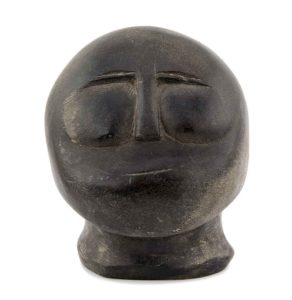 Imagine, the World Bank is exhibiting my collection of Inuit sculptures for a month! What a great satisfaction to see my hobby – collecting Inuit art, a labor of love – become a worthy contribution. I’m confident that those witnessing the exhibit will appreciate the skill of the artists and sheer beauty of the sculptures as well as learn about the fascinating Inuit culture in the Arctic. I hope that this exhibit helps these important Inuit artists, virtually unknown to most scholars and lovers of art, become more widely recognized, as they deserve to be, and that the artists (often known by a single name) represented in the exhibit – Osuitok, Tiktak, Davidialuk, Pangnark, Ruben, Nasogaluak, Anghik, Iksitaaryuk, Ennutsiak, Qiyuk, Equalla, Isaaci, Kellipalik, Kiawak, Qiatsuq, Talirunili, Ugyuk, Judas, Sallualu, Latcholassie and Oviloo – become familiar and join the ranks of other famous artists throughout the world.
Imagine, the World Bank is exhibiting my collection of Inuit sculptures for a month! What a great satisfaction to see my hobby – collecting Inuit art, a labor of love – become a worthy contribution. I’m confident that those witnessing the exhibit will appreciate the skill of the artists and sheer beauty of the sculptures as well as learn about the fascinating Inuit culture in the Arctic. I hope that this exhibit helps these important Inuit artists, virtually unknown to most scholars and lovers of art, become more widely recognized, as they deserve to be, and that the artists (often known by a single name) represented in the exhibit – Osuitok, Tiktak, Davidialuk, Pangnark, Ruben, Nasogaluak, Anghik, Iksitaaryuk, Ennutsiak, Qiyuk, Equalla, Isaaci, Kellipalik, Kiawak, Qiatsuq, Talirunili, Ugyuk, Judas, Sallualu, Latcholassie and Oviloo – become familiar and join the ranks of other famous artists throughout the world. - Inuit Beautiful? Yes! So Save the Date
Do you love Inuit art as much as I do? You're in for a treat in March if the answer is Yes! There is an Inuit Print Exhibit opening at the Writer's Center in Bethesda, MD, on the evening of March 5. Print: Caribou Spirit, print by Ningeokuluk Teevee
- Are you looking for a change of lifestyle in 2021?
Are you looking for a change of lifestyle in 2021?
- Jellyfish in Art
The gallery in this post features strong pieces of art, masterfully done, that make the case that jellyfish proliferation affects all of us and has filtered to art, as important issues always do.
- Shamanic Transformation and Evolution
Here I blend evolution with Inuit art and shamans, unlikely cousins. Inuit sculptures hooked me the first time I saw them. Inuit artists live in the Arctic of central and east Canada. Although Inuit art is a known form of ethnic art, few appreciate its beauty, originality and significance. I happened upon it 25 years ago, ...
- Confronting Art
The gift of art, like that of silence, has the capacity to touch hidden yearnings for love and beauty and sadness and adventure, as well as the suppressed torments of anger and rage, bringing humanity in all its complexity to the surface.
- Creating a Paper World
My growing interest in Inuit sculptures became the springboard into my life as a writer.

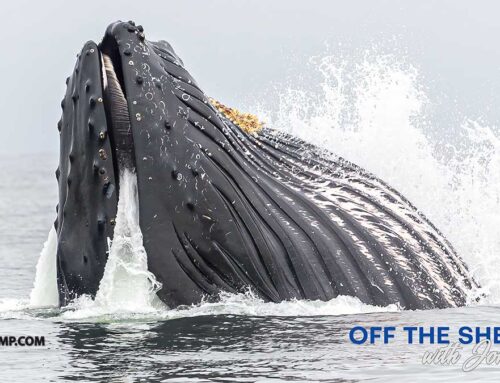
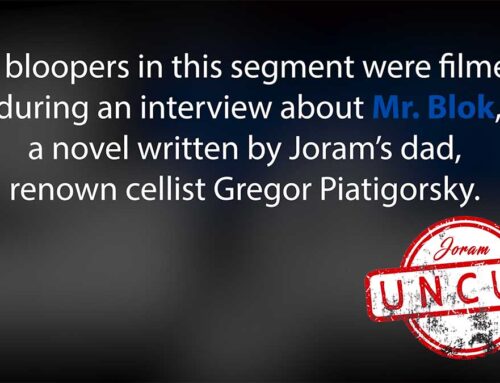
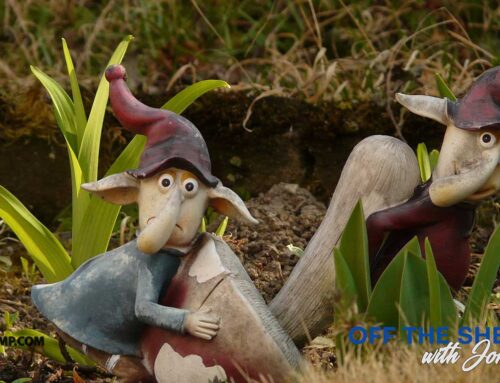
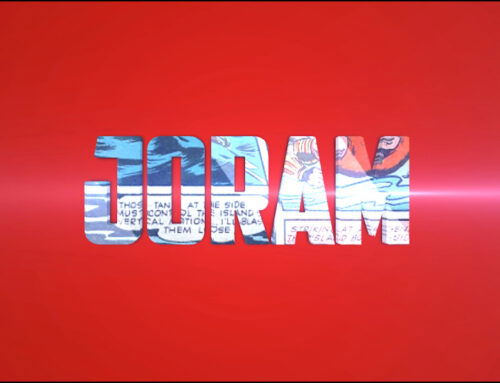

Leave A Comment